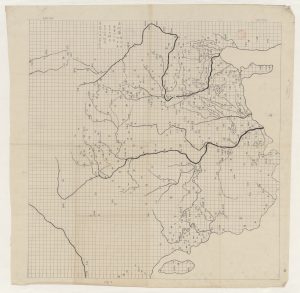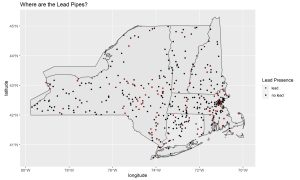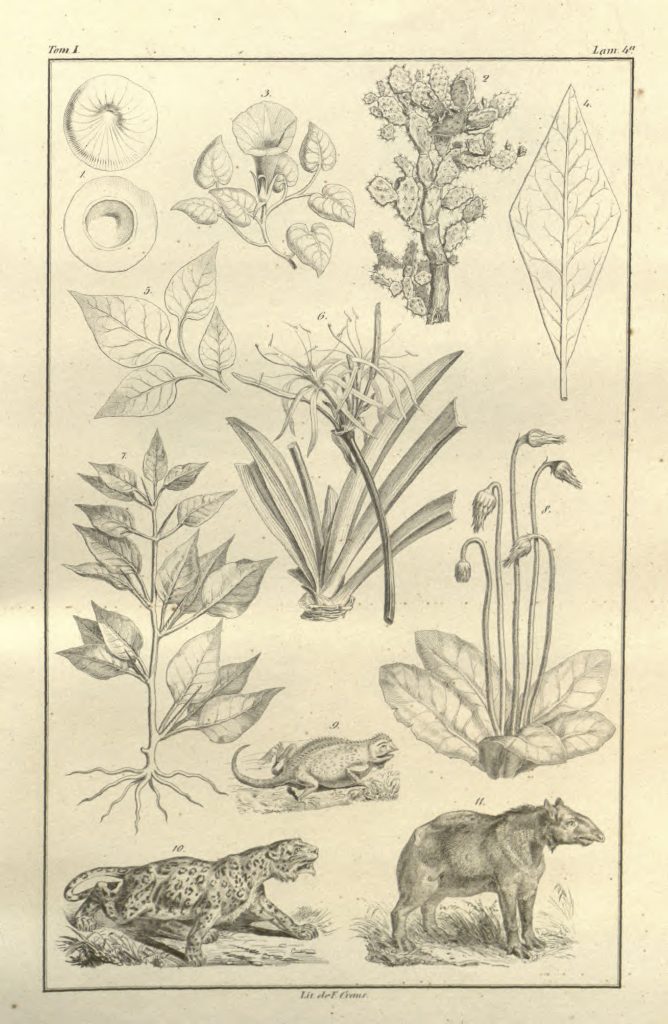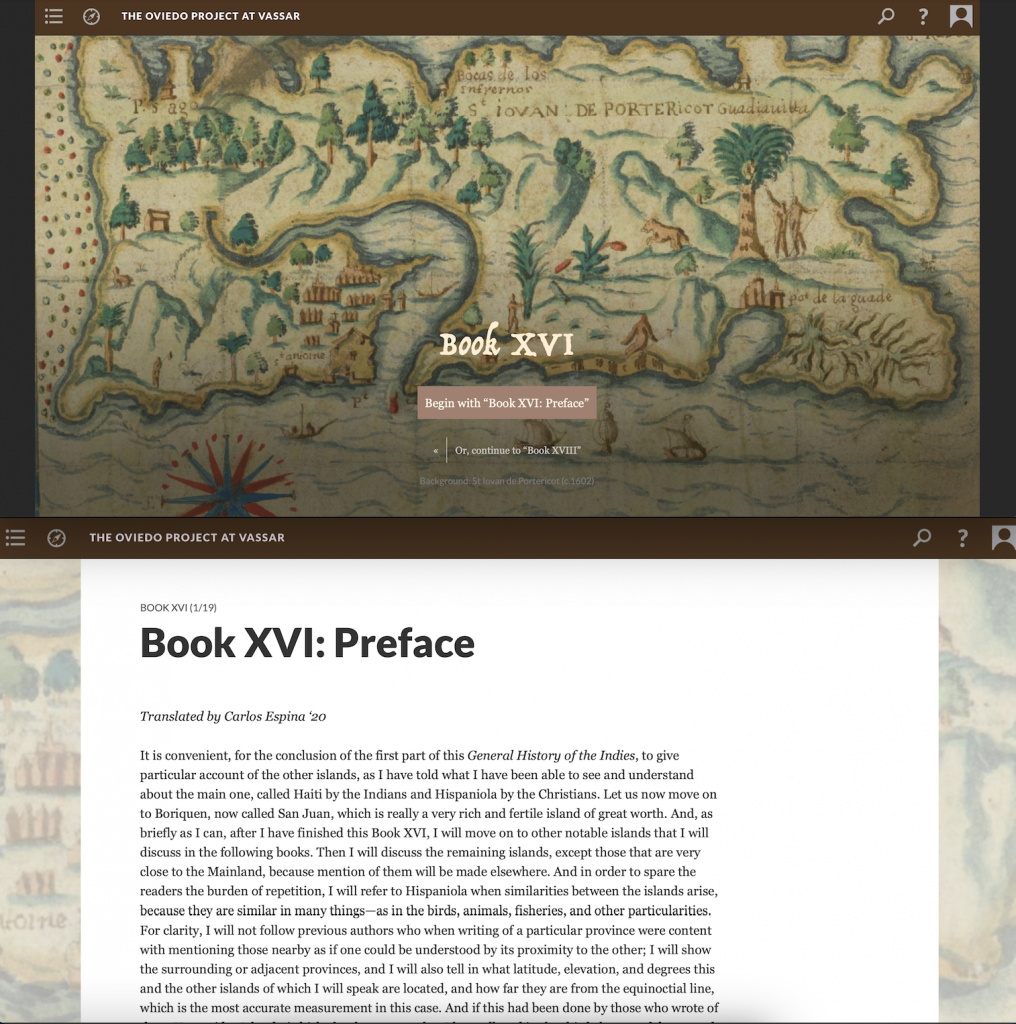This summer, we worked with Professor Taneisha Means researching the pre-bench lives of state court judges across the United States. We received a valuable introduction to concepts of law and judicial politics.
For our first collective project, we researched background characteristics such as political, educational, and socio-economic background to determine how the pre-bench lives of state court judges differ across racial lines. Our work entailed analyzing transcriptions from 96 interviews with state court judges and survey data among approximately 600 judges to understand judicial diversity in state courts.
We each then worked on a different paper co-authored with Professor Means. Ben researched judges’ experiences with and perceptions of race-based, gender-based, and sexuality-based disqualification requests from litigants who sometimes question the impartiality of minority judges. Simon worked on evaluating the mental health support, stress, career satisfaction, and general well-being of state court judges. We developed our data analysis skills, our understanding of how to craft scholarly articles, and our knowledge of the topics we studied.
Our experience with this project emphasizes the scholarly importance of state court judges, who hold tremendous influence over citizens’ lives. Despite this reality, we have come to realize research on state court judges is limited and more is needed. We are thrilled to be a part of Professor Means’ exploration into the politics of state judges and courts.
By enhancing our knowledge of judicial terminology, discovering new ways to organize data, and learning about general research methodology, we dipped our feet into the world of law in a more substantive way than we first anticipated. Beyond the systematic analysis of judges, this project helped us understand the human perspective behind the state judiciary – the personal stories among hundreds of judges that underlie the complexity of judicial politics and the justice system.









 Book of Diverse Crafts (考工記), the image of the King’s city (王城圖)
Book of Diverse Crafts (考工記), the image of the King’s city (王城圖)









